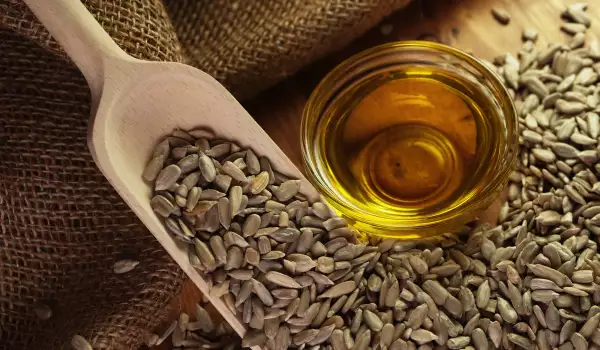Sunflowers were first cultivated in the steppes of North America, between the west coast of present-day Peru and central Mexico.
In Europe, the plant was imported as an ornamental to the Madrid Botanical Garden in 1510. As an oil-producing crop, it was first used in Russia at the beginning of the 19th century.
This annual crop is grown mainly for its fat-rich seeds. It is the third largest oilseed crop in the world after soybeans and rapeseed. There are over 100 varieties of sunflower, most of which grow wild.
There are only two cultivated plants: the cultivated sunflower Helianthus annuus L. and the Jerusalem artichoke, also called erelmaz - Helianthus tuberosus L. Their different varieties are cultivated according to their purpose: for oilseed crop, for fodder, for seeds, for decoration, etc.
Roasting sunflower seeds significantly reduces their health benefits, but on the other hand, makes them indescribably delicious. Some people, once they start peeling and eating them, they can't stop.

Roasting the seeds is extremely easy. The only tricky moment is during the actual roasting, because they can burn. The seeds are spread out in a tray and are sprinkled with water, flour and salt on top.
The flour is added to make it easier for the salt to stick to them, but it is not necessary. They are then roasted and stirred often.
The seeds can be roasted and sprinkled with just water to avoid the calorie increase. In 100 g of roasted sunflower seeds without salt and fat, there are 582 kcal, while in roasted sunflower seeds with salt and added fat there are 592 kcal.
Raw and dried sunflower seeds should be stored in the refrigerator before any use, otherwise they will go rancid for days.
Dried or raw, the seeds are a suitable addition to salads, porridges and various vegetable mixes. On the other hand, sunflower sprouts are suitable again for salads, stewed vegetable dishes and as a side dish for fish.




















Comments